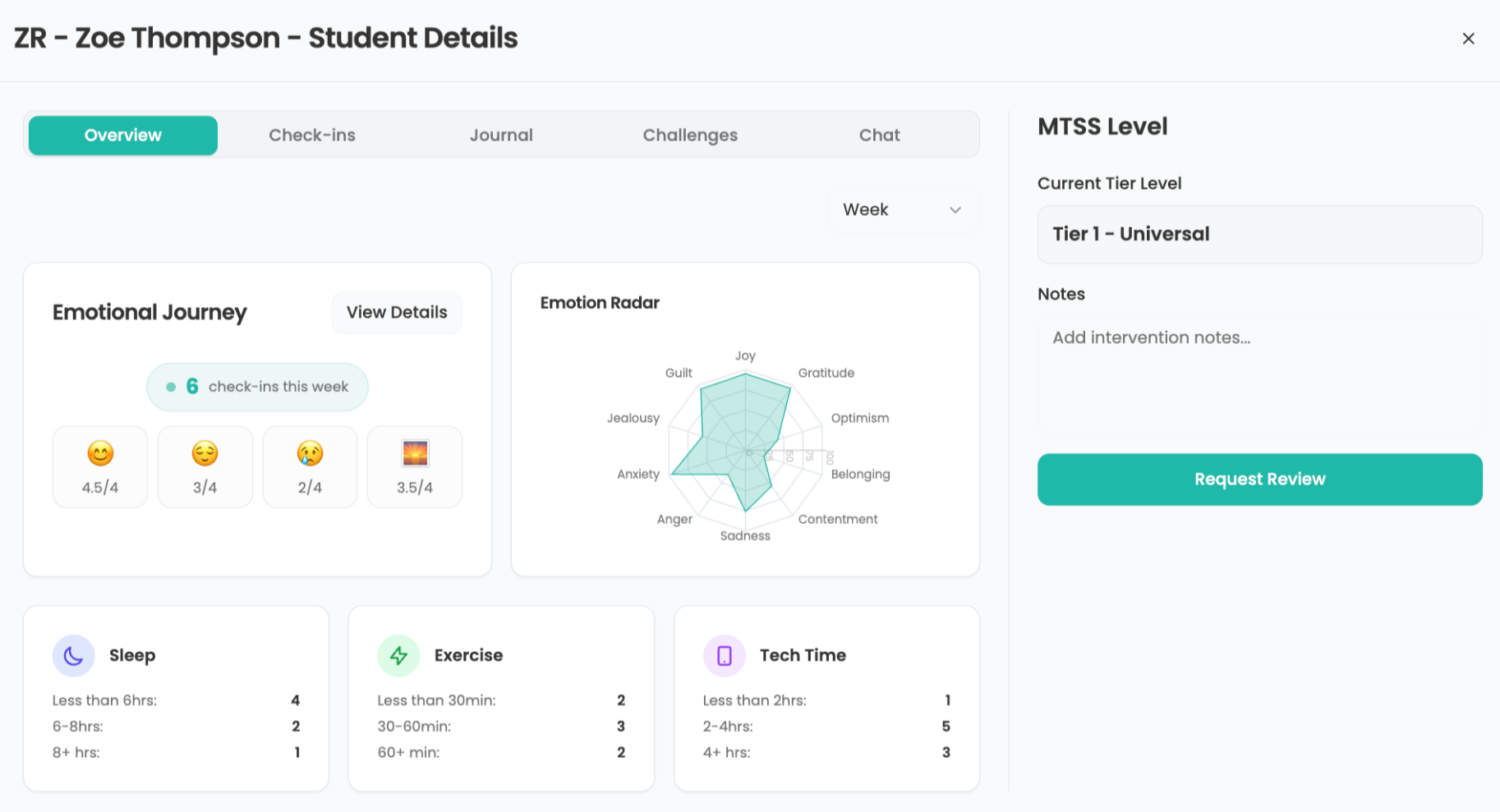How To Connect Your Students Globally by Kim Cofino

Cross-posted on Always Learning
Two weeks after returning from the Flat Classroom Workshop in Hong Kong, I am still inspired and energized about what learning could (and should) look like.
The key component for me was connecting students, both face to face and virtually, from a variety of backgrounds to work together to solve a common problem. Although we might not have the luxury of bringing together diverse groups of students every day, we certainly have the capability to connect them using technology. No matter what subject you teach, I truly believe adding a global component is not only possible, but necessary to prepare students for our increasingly connected world.
As Fernando M. Reimers writes in Leading for Global Competency:
Good educators know that the real world is ever more interconnected and interdependent. We all share in facing such planetary challenges as climate change, health epidemics, global poverty, global economic recessions and trade imbalances, assaults on human rights, terrorism, political instability, and international conflicts. We also share opportunities for global collaboration in such areas as scientific and artistic creation, trade, and international cooperation. These challenges and opportunities define the contours of our lives, even in their most local dimensions. Yet in spite of growing awareness of the importance of developing global skills, few students around the world have the opportunity today to become globally competent.
As exciting and enriching as globally collaborative projects are, it can be a daunting task to start one on your own. Even if you have a great idea, you might not always know how or where to find the right partner(s). Ideally you would know the people you'll be collaborating with personally before starting a project, but sometimes you don't have that luxury. So, here are a few ways you can get started: Window shopping
These social networks are great places to start looking for teachers who have planned a project and need collaborators, or just a place to see other projects and how they work. I always like to start with a little "window shopping" before I jump into my own project - often someone else has already started something that will work perfectly for me!
Tools and ideas to transform education. Sign up below.
- Flat Classrooms Ning
- The Global Education Collaborative Ning
- Global Education Collaborative Projects Database
- Classroom 2.0 Ning
- Online Projects For Teachers Ning
- Teachers Connecting
Find a Geographic Focus
If you're looking for a classroom in a specific country or city, try exploring the network of international schools around the world to try to find teachers who might be interested in working with you. These schools are often well-resourced, well-connected in their country, and offer a western-style curriculum. Even if you're looking for a local school in a different country, international schools can be a great way to start making international contacts. You might want to start with this list of international school teachers who are blogging and/or on Twitter.
Ask the Professionals
A few weeks ago I was honored to be part of a panel on Global Awareness hosted by Lucy Gray and Steve Hargadon. I certainly felt like a small fish in a big pond speaking alongside the directors, presidents, and chairs of so many well-respected and established organizations dedicated to connecting teachers and students around global issues. If you're looking for an organized, formal connection with other classrooms, these would be a great place to start:
Build Your Own PLN
It can be difficult at first, but developing and expanding your own personal learning network may end up being the most rewarding professional development of your career. Connecting regularly with individuals and groups that can push your thinking, support your learning, and collaborate on projects both in and out of the classroom means that you are learning what you need, when you need it.
Last week, I had the opportunity to participate in the plenary session of the AIS ICT Integration Conference coordinated and led by Chris Betcher. As a member of the closing session, alongside 5 other amazing educators - Sharon Peters,Matt Montagne,Toni Twiss,Tom Barrett, and Cindy Barnsley - I noticed that all of us described using technology to make a positive impact on the world. These are the people I want to be learning with! And it all starts with simple steps - commenting on blog posts, participating in online conferences, joining regular online live events. These two posts might help you get started:
Jump In!
Once you have an idea that will work and a classroom (or two) to connect with, get started! This post outlines the process I go through when beginning a new project: A Step-by-Step Guide to Globally Collaborative Projects.
Final Thoughts
Oftentimes, when I'm working with teachers new to technology, I end up suggesting a project idea which is easy, fast, and convenient, just to ensure that they (and their students) have a successful experience. But, now, after leading the Flat Classroom Workshop, participating on the Global Awarenes Panel, and joining the AIS ICT Integration Conference, I'm reminded that these globally collaborative skills and experiences are critical. Even if global projects are not always the easiest or the fastest to plan, and even if they don't always work out perfectly, this is what we need to be doing with students and teachers on a regular basis. With the right approach, using technology in the classroom can be about making the world a better place.
Works Cited
Reimers, Fernando M. "Teaching for the 21st Century: Leading for Global Competency." Educational Leadership, ASCD, September 2009, Volume 67, Number 1. Peace on Earth image bycayusa
